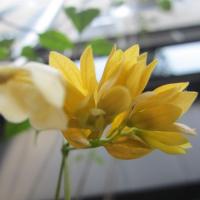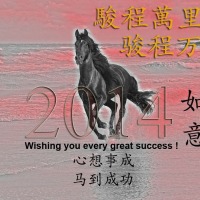The Central Market 中央艺术坊 is located on Jalan Hang Kasturi, just a stone away from Chinatown on Petaling Street. It was founded in 1888 and was originally used as a wet market, while the current building was completed in 1937. It has since been classified as a Heritage Site by the Malaysian Heritage Society and it is now a landmark for Malaysian culture and heritage.
This building was built by the British who were ruling Malaya at that time and it was used as a wet market for Kuala Lumpur folks and tin miners. It was very convenient to the early city dwellers because it was within the vicinity of Klang bus stand, the hub of feeder bus service for Kuala Lumpur and the train station.
Further expansions were made in 1889, 1895, 1920 and 1921. By 1933, the expansions to the warehouse turned the market now to its present size.Hence, in the early 1980s, it was renovated and reopened for use in year 1986. Instead of being used as a wet market, it has since then became a leading arts and crafts centre in the city.























































































